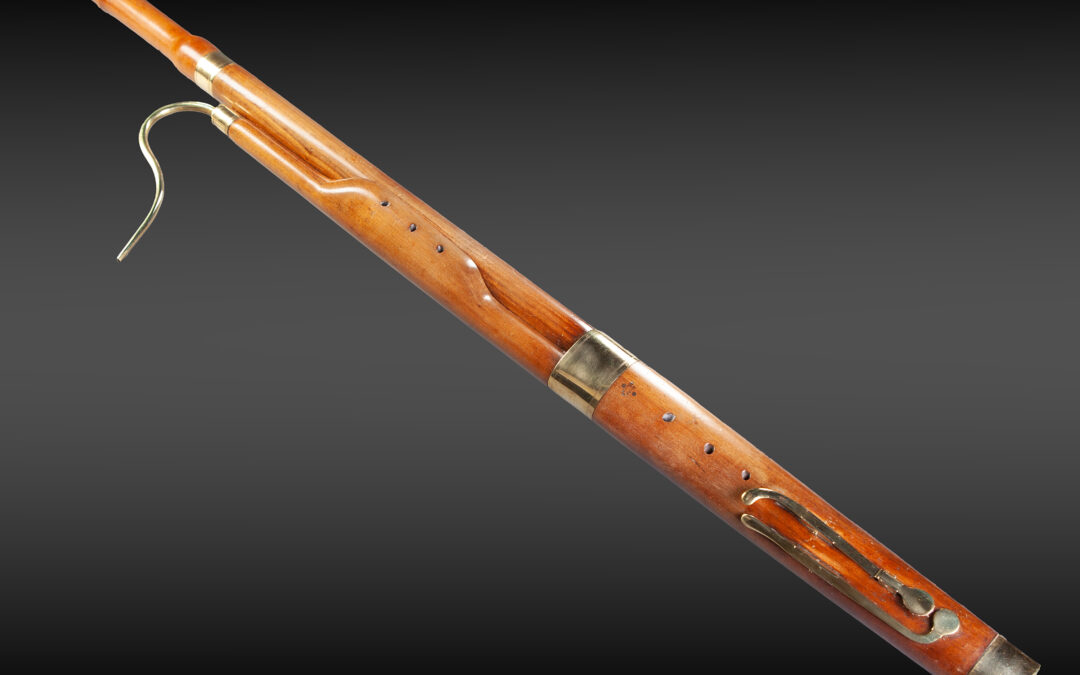
by mreichstadt | Nov 26, 2023 | Bois-en
BASSOON Savary in Paris. Jean-Baptiste Savary (1751- c.1810) from a line of wood turners (and probably instrument makers) established in Picardy, he opened a workshop in Paris around 1780. The instrument is made up of four parts in fruit wood (cherry?) and a...
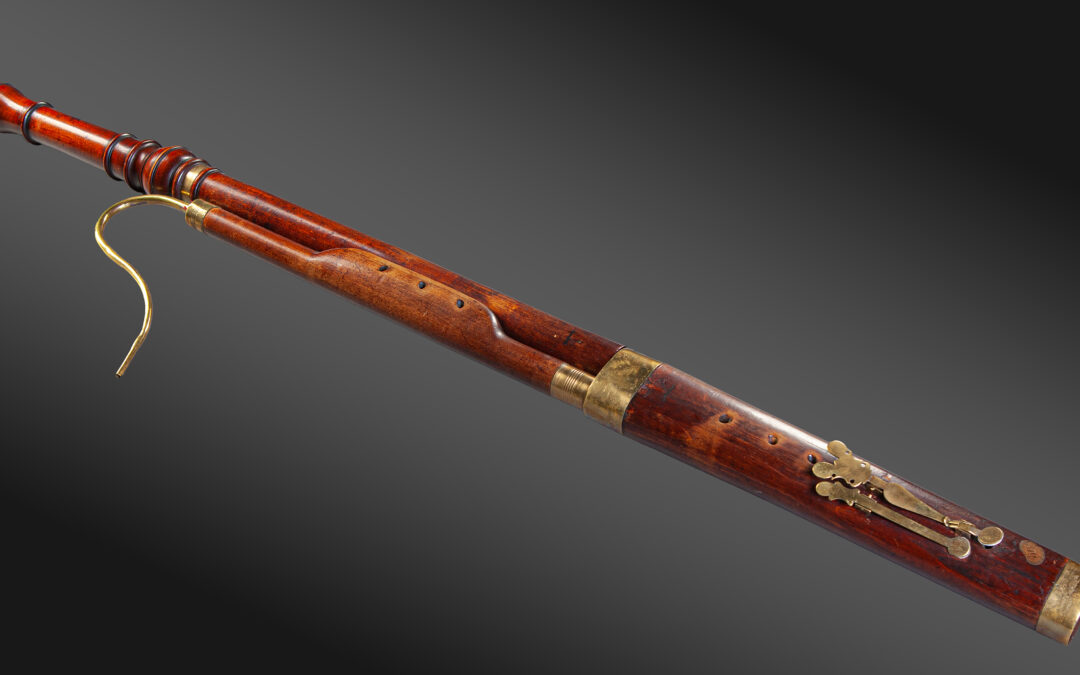
by mreichstadt | Nov 26, 2023 | Bois-en
BASSOON XVII – XVIIIth century. Lindner. South Germany (?) Bassoon composed of four maple parts and a brass bocal. The stamp “Linder” is legible on the large branch, the cap and the boot. The small branch is ringed at both ends and there is no trace of...
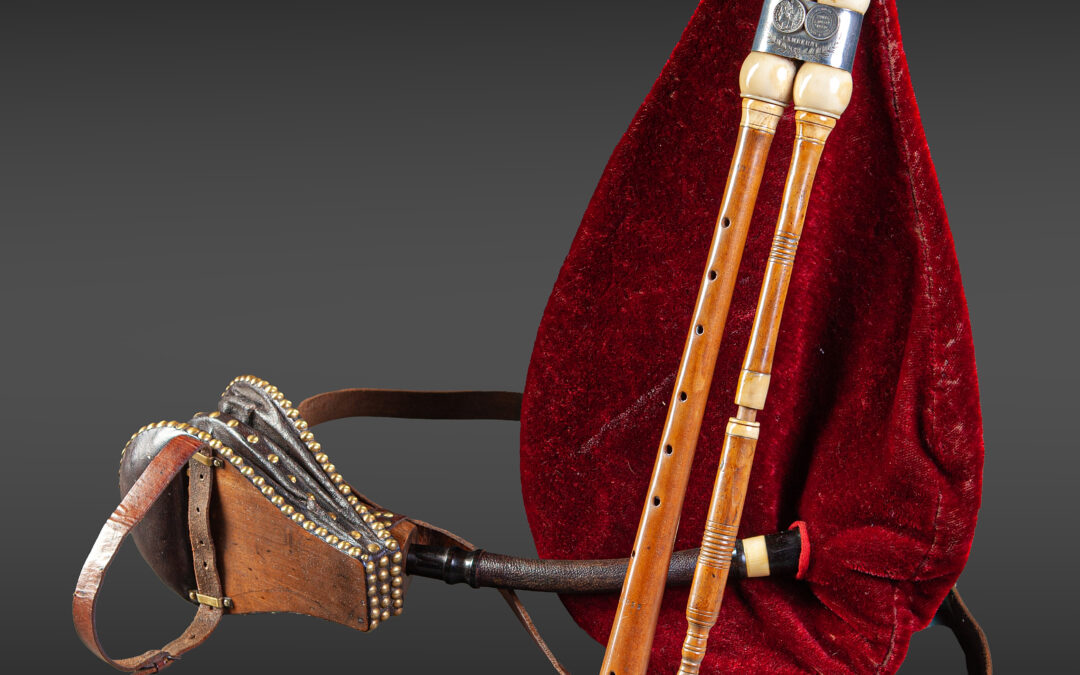
by mreichstadt | Nov 26, 2023 | Bois-en
CABRETTE Benoit Amadieu (1804-1877) The “cabrette” is the bagpipe used by Auvergne musicians who emigrated to Paris in the 19th century. It comes from the Parisian musette whose proportions have been modified to increase its sound power and make...
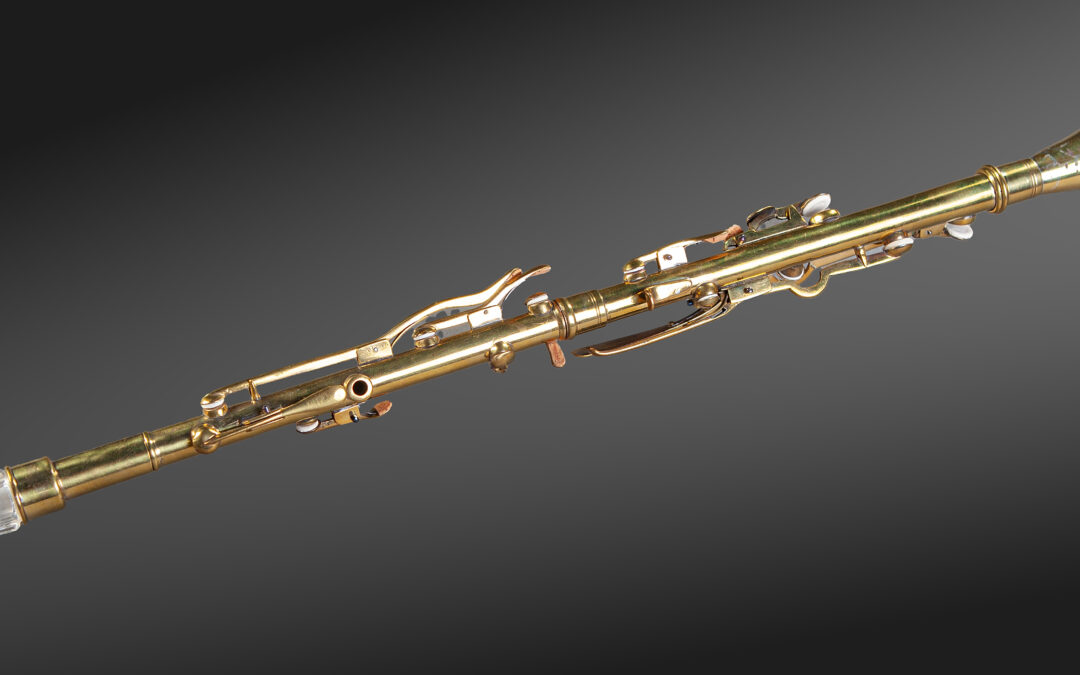
by mreichstadt | Nov 26, 2023 | Bois-en
CLARINET Attributed to Antoine Halary (1788-1861) Brass clarinet composed of two parts and equipped with thirteen round keys called “salt spoon” keys. Length without spout: 56.5cm. The instrument comes from the workshop of François Sudre (1844-1919) in...
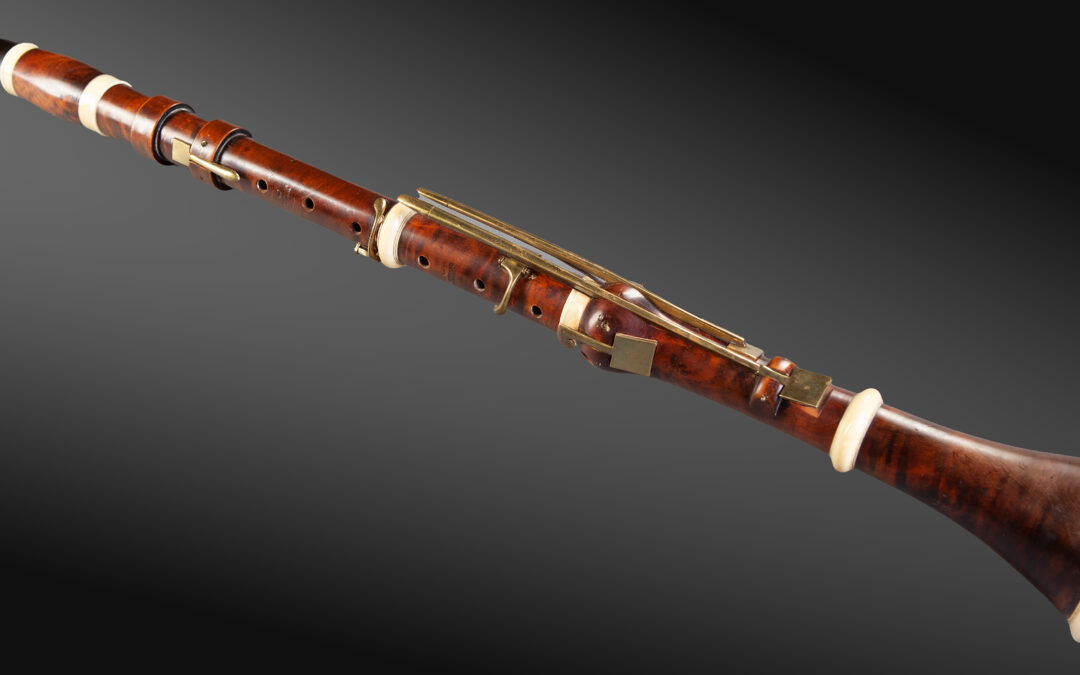
by mreichstadt | Nov 26, 2023 | Bois-en
CLARINET Porthaux in Paris. 18 – 19th c. Dominique Porthaux, (1755 – 1839) was made master wind instrument maker on April 6, 1780. Specialized in the making of clarinets, oboes and bassoons. (He was the brother-in-law of Prudent Thieriot.) The clarinet is made up of...

by mreichstadt | Aug 22, 2023 | Cuivres-en
BARITONE TUBA “Over the shoulder” model by KLEMM in PHILADELPHIA. Born around 1795 in Neukirchen in Saxony, John and Georges KLEMM emigrated to the United States in 1815. They opened a musical instrument store in Philadelphia in 1819, and later developed a...






